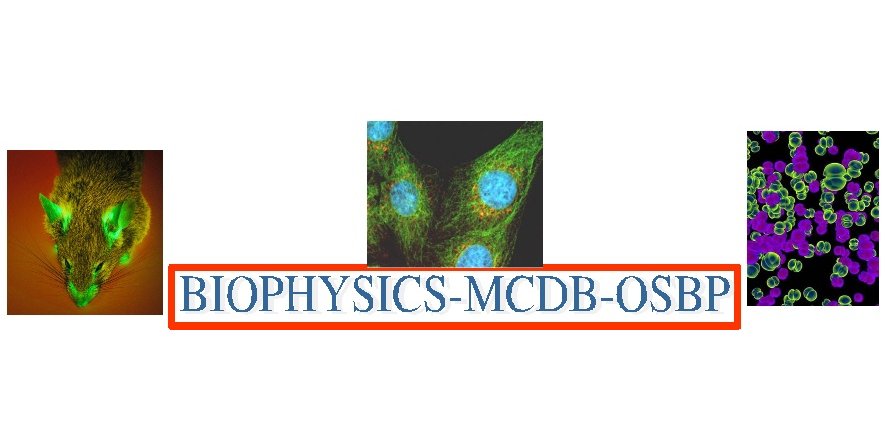Interdisciplinary Graduate Programs Symposium

2010 OSU Molecular Life Sciences
Interdisciplinary Graduate Programs Symposium

Poster abstracts
Abstract:
Alzheimer’s disease (AD) is a neurodegenerative disease characterized by the appearance of two hallmark lesions: intracellular neurofibrillary tangles composed of the microtubule-associated protein tau and extracellular amyloid plaques assembled from the A&beta peptide. Postmortem histopathological examination of these lesions in the brain is still the only method to definitively diagnose AD. Nuclear imaging of the whole brain, which detects radioactive isotope decay, can provide the means for premortem diagnosis by revealing the spatial distribution of biological targets with brain penetrable radiotracers. However, this approach would require imaging agents capable of selectively binding plaques and tangles.
Imaging agents that selectively bind amyloid lesions are available, e.g. Pittsburgh Compound B (PIB). But, the spatial and temporal appearance of tau lesions correlates more closely with the progression of AD. So, unlike A&beta, tau can serve as a surrogate marker for neurodegeneration in AD and other tauopathies. Therefore, identifying radiotracers that are capable of selectively binding neurofibrillary tangles is critical for accurate diagnosis and staging of AD.
Pharmacokinetic (PK) modeling is a mathematical exploration of the absorption and distribution of an administered drug in the body. Here, mathematical and pharmacokinetic modeling methods are used to develop a simplified compartment model describing the binding of radiotracer in AD brain. Using this model, the ideal characteristics of tau imaging agents, such as binding affinity and stoichiometry, are determined.
References:
1. S. Kim, J.R. Jensen, K. Cisek, K.E. Funk, S. Naphade, K. Schafer, and J. Kuret. Imaging as a Strategy for Premortem Diagnosis and Staging of Tauopathies. Curr Alzheimer Res. 2010 May 1;7(3):230-4.
2. J.C. Price, W.E. Klunk, B.J. Lopresti, X. Lu, J.A. Hoge, S.K. Ziolko, D.P. Holt, C.C. Meltzer, S.T. DeKosky, and C.A. Mathis. Kinetic Modeling of Amyloid Binding in Humans using PET Imaging and Pittsburgh Compound-B. J. of Cereb Blood Flow Metab. 2005 25:1528-47.
3. M. Laruelle, M. Slifstein, and Y. Huang. Positron Emission Tomography: Imaging and Quantification of Neurotransporter Availability. Methods. 2002 27:287-99.
Keywords: Alzheimers disease, Pharmacokinetic modeling, PET brain imaging